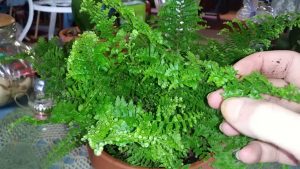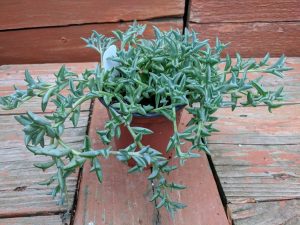As you are here, it’s pretty sure that you are fond of gardening. Nature, also known as the art of god, makes you feel good and the beauty of it soothes your eyes. Nothing surprising, everyone loves to have pretty plants and flowers in their life. It gives a positive touch and some colors out of a stressed and busy lifestyle.
Rieger Begonia is none other than a winter growing flowery plant that gives bright beautiful blooming flowers and makes its presence beautiful and worthy. Taking good care of this Begonia when it’s growing or even if it is fully grown, is important to keep the plant alive and blooming for a long period.
It is grown in winters with cold temperatures, short days, and bright but indirect sunlight. It requires airy, light, and fast-draining soil. Some people grow it the whole year by using temperature controls and blackout curtains. It just requires an extra budget and effort to enjoy its blooming flowers for a whole year. It has a big variety in colors of flowers starting from bright yellow to red, pink, salmon, orange, and even white. It is grown as houseplants.

Taking care of Reiger Begonia
Everything good thing needs care, effort, and love. Since you already have Rieger Begonia in your garden, you will need to pay some extra attention to the plant.
Avoid excessive light and temperature
Firstly, you will need to find a cold place that stays dark in the evening so that it can have shorter days and longer nights. Avoid putting them under light or street light, or it may disturb their cycle. Place them somewhere east or west-facing window so that they can only have light in days. The recommended temperature is 60-70 Fahrenheit during the day under indirect light and maintained at 50 to 60 degrees Fahrenheit at night.
Watering and feeding the Reiger Begonia
You need to water the plant only when the soil feels dry. Avoid overwatering it. During the blooming season feed your plant with high-phosphorus liquid plant food.
After Reiger Begonia stops blooming
Don’t feed it when it stops blooming. When it happens, cut the stem to 3 inches and let it dry for 6 weeks. Don’t forget to water the plants regularly and when new shoots appear and reach 3 inches, then remove the lower leaves of the plant and put them in a damp mixture of half sand and half peat moss.
You need to make sure that at least one of the nodes is covered with soil and then with the purpose to maintain the humidity level put a loose plastic bag in an invert position on the pot. Wait for a month and check if the cuttings have hardened off. Now you have two options: either you can transplant or retain the plant.
For retaining, leave a few shoots on the old plant and replant it in a bigger pot. For transplanting, you will need African violet potting mix in a 6-inch pot for three cuttings. You have to pinch back the tips of cutting and when they become established, you need to feed it monthly with phosphorus plant food.



